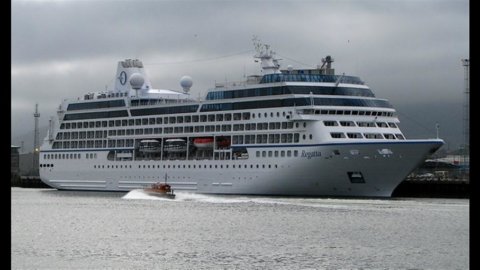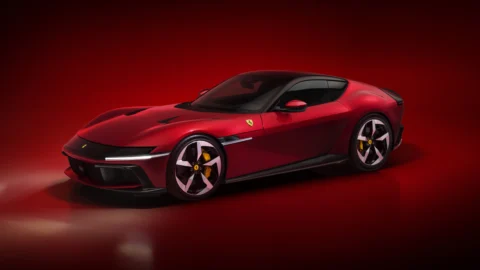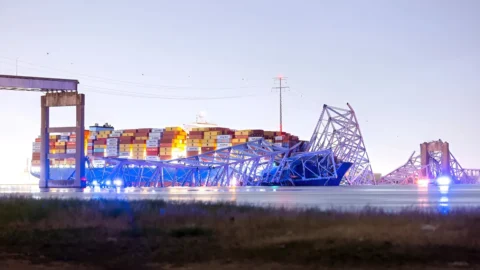Le large ships they will no longer be able to pass through the Giudecca canal and the San Marco basin in Venice. This is what was decided at yesterday's Rome summit which was attended, among others, by the Minister for Infrastructure and Transport Maurizio Lupi, the Minister of the Environment Andrea Orlando, the Governor of Veneto Luca Zaia and the Mayor of Venice Giorgio Orsoni.
The alternative projects must be presented by 25 July. These will then be evaluated and the last word will be given to the "comitatone", the body entrusted with the coordination and control of the implementation of all the interventions for the protection of Venice and the lagoon, which includes both local and national authorities . Two objectives to be safeguarded: the protection of the environment, understood as the environmental impact on the lagoon of the solutions that will be proposed and the safeguarding of the economic value of tourism.
The large ships, according to Orsoni, will continue to transit but "in the forms that will be deemed compatible with the preservation of the city and its lagoon".
Governor Zaia declared himself “satisfied” with the meeting, “because – he explained – there is unanimity on the fact that large ships no longer have to pass in front of San Marco. Then having established that the solutions will be evaluated on July 25 is what we all wanted".
From an economic point of view, cruise traffic in Venice, according to data processed by Ca' Foscari and the University of Padua, is worth 435 million in direct expenditure, of which approximately 90% of the total comes from ships over 40 tonnes.





